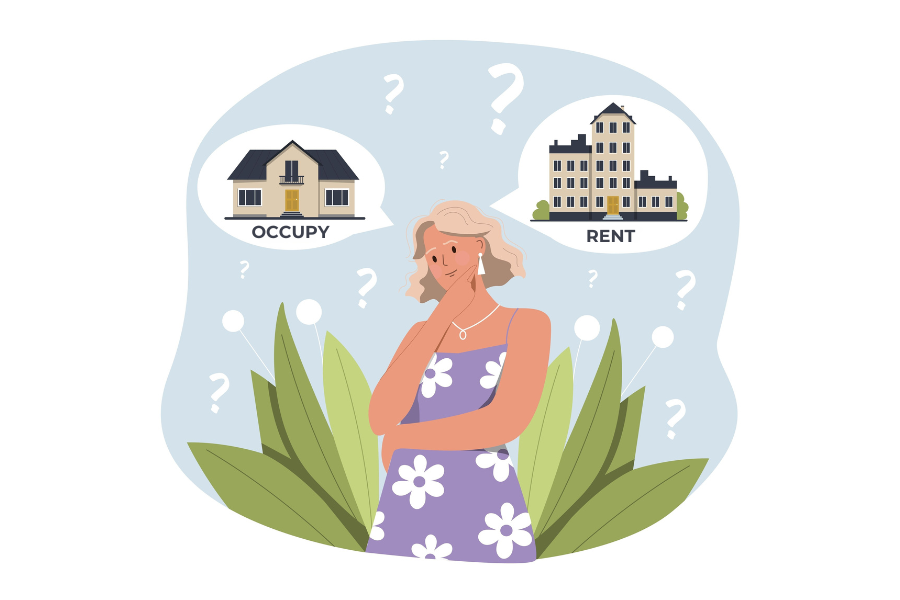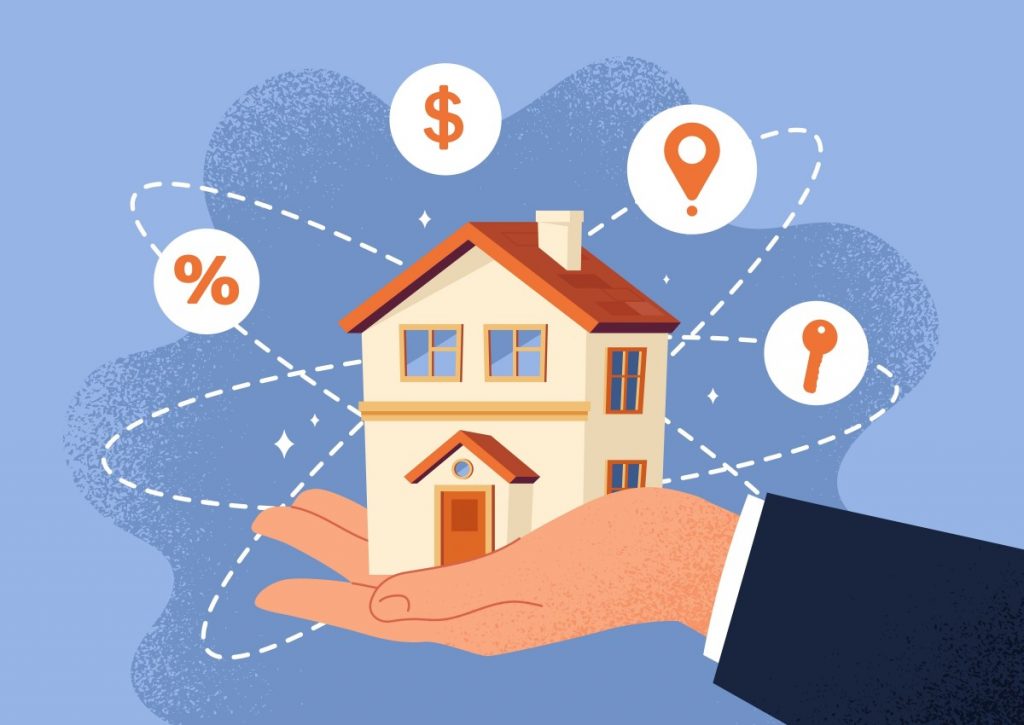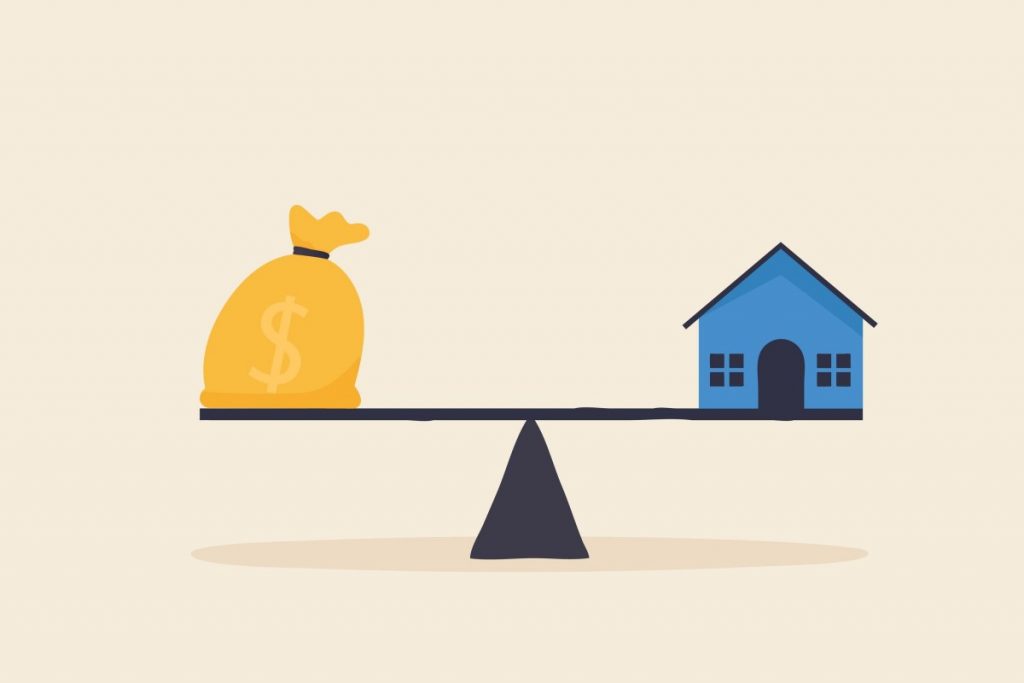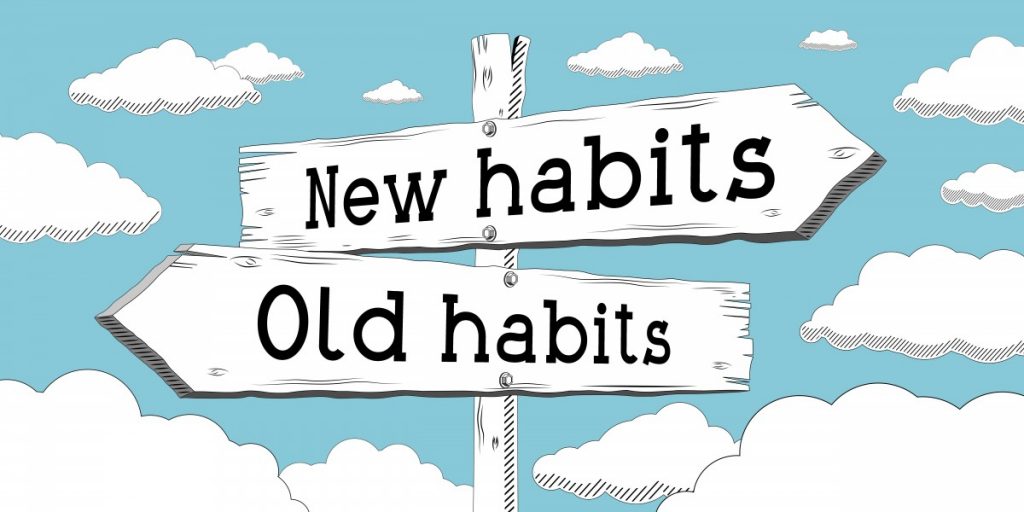
Embarking on the journey to purchase your first home is an exciting and transformative experience. In this guide, we’ll delve into key points to consider, ranging from understanding your property’s purpose to navigating financing options.
Decide the Purpose of the Property:
The first step in your homeownership journey is to clarify the purpose of the property. Are you buying a home to live in (Owner-Occupied) or as an investment property? Each purpose has different considerations, from the type of property to financing options, so defining your goal early on sets the tone for the rest of the process.
Get Pre-Qualified to Know How Much You Can Afford:
Understanding your financial capacity is fundamental. Get pre-qualified for a mortgage to determine how much you can afford. This step not only helps you set a realistic budget but also strengthens your position when making an offer on a property.
Narrow Down Your Location Preferences:
a. List Your Priorities:
Identify the essential factors for your chosen location, such as proximity to schools, public transport, shops, parks, and other amenities.
Consider your lifestyle and future needs when narrowing down the list.
b. Visit Potential Neighbourhoods:
Spend time in the neighbourhoods you’re considering to get a first-hand feel for the community.
Attend local events and explore the area to ensure it aligns with your preferences.
Engage a Conveyancer:
Seeking professional advice is crucial when navigating legalities and contracts. Engage a conveyancer early in the process to guide you through property searches, contract reviews, and the settlement process. Their expertise ensures a smooth and legally sound transaction.
Understand Upfront and Ongoing Costs:
a. Upfront Costs:
Be aware of one-time expenses like stamp duty, legal fees, and inspection costs.
Budget for the deposit, usually 10% of the property’s purchase price.
b. Ongoing Costs:
Consider ongoing expenses, including mortgage repayments, property maintenance, council rates, and land tax or strata fees.
Obtain Inspection Reports:
To avoid unpleasant surprises, obtain comprehensive inspection reports for the property. This includes building inspections and pest inspections. Addressing any issues early in the process allows for negotiation and informed decision-making.
Stay Informed About Market Trends:
Keep updated of the latest market trends in the areas you’re interested in. Understand how property values have fluctuated, and consider the potential for growth. Staying informed empowers you during negotiations and ensures you make a sound investment.
Explore Financing Options:
a. Compare Lenders:
Research and compare different lenders to find the best mortgage rates and terms.
Consider factors such as fixed vs. variable rates and the impact on your budget.
b. Government Assistance Programs:
Explore government schemes and assistance programs for first homebuyers, such as grants or favourable loan terms.
c. Explore alternative or ‘unconventional’ options:
There are many new methods that have emerged with the rise of the property market. Options such as rent-to-own schemes, shared equity, and no deposit financing are all pathways to homeownership that have emerged into the market recently.
In conclusion, buying your first home is a significant milestone, and being well-prepared is key to a successful and rewarding experience.
If you are interested in buying a property with no deposit or stamp duty, contact us today!
Phil Leahy
CEO of R2B Group
Disclaimer: This article is for educational purposes only and not professional financial advice. Please seek personal advice before making any financial decisions. The author is not responsible for any losses or damages resulting from reliance on the information provided.









